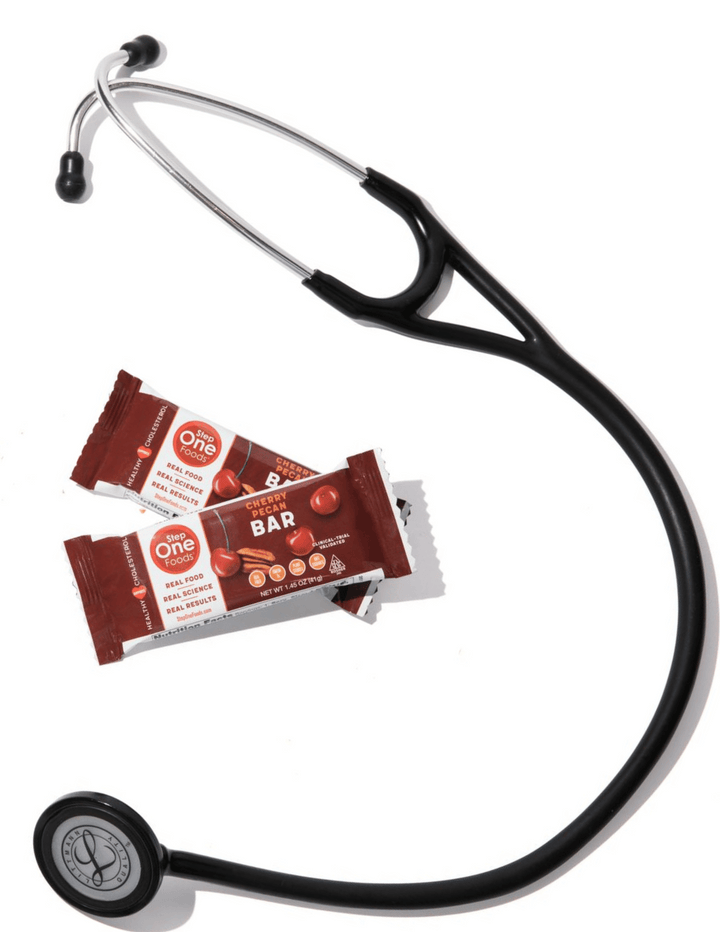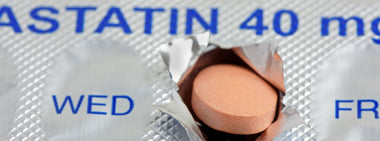Navigating Polypharmacy

When I was in training, I encountered a “seasoned” Internal Medicine mentor bemoaning the length of a patient’s list of medications, which was nearing 15 different pills. “Pick three. Any three. Any more is too many.” I recall being aghast at his statement. After all, the patient NEEDED all of those drugs.
In retrospect, and now being a “seasoned” physician myself, I really appreciate his sentiment.
Putting a patient on one medication can easily lead to polypharmacy - the simultaneous use of multiple medications - as all drugs have both effects and side effects that need to be managed in their own right. And so a slow, well intentioned creep begins.
For example, we prescribe a diuretic (water pill) for swelling or high blood pressure. That gets better but the patient’s potassium level goes down. We add potassium supplements and potassium levels normalize but the patient develops stomach upset. A stomach acid inhibitor like omeprazole is layered on, but B12 absorption is affected so B12 shots are needed. And so on…
Medications can be helpful, even lifesaving, but as we get older we become more prone to not only experiencing more illnesses but to also experiencing more side effects from being on those medications. And that means prescription lists can grow and grow, almost relentlessly.
No wonder approximately four out of every 10 older adults in the US are on five or more medications. By the way, that’s a threefold increase from two decades ago. So what else is going on?
The Pitfalls of a Siloed Medical System
One root cause of polypharmacy lies in our siloed medical system. Patients frequently encounter different specialists, each prescribing medications within the scope of their expertise. This disjointed approach results in a lack of communication between healthcare providers, leaving patients on a growing list of medications and at risk of not only drug side effects but possible drug interactions.
The Pitfalls of Treating the Wrong Thing
Another, perhaps more fundamental root cause is failure to address WHY a patient has a health issue in the first place. That swelling or elevated blood pressure in the scenario above could have been related to a diet high in sodium - that the patient might not even have known they were consuming. For example, they might be unaware that their “healthy” lunch choice - a roasted turkey sandwich on whole wheat bread with mustard (hold the mayo) pickles, and low fat cheese - is a salt bomb! Or that baked goods in general are the highest carriers of hidden sodium in our diet. Or that “reduced sodium” on a can of soup is a meaningless attribute in many cases. (To be able to use the “reduced sodium” call out, a food has to have 25% less sodium than the original version of the product. Many soups can come in at close to 1000 mg of sodium per can. 750 mg is not much better.)
This is why attending to lifestyle factors - and especially diet - is so fundamental to our care. The diuretic, potassium supplement, stomach pill, and vitamin shot might not be needed if we just ate less salt. The statin might not be needed if we just get enough whole food fiber, omega-3 fatty acids, plant sterols, and antioxidants in our diet.
25 years into practice I’ve come to truly appreciate the wisdom in the words of that Internist. He was right. As physicians, we should be working diligently to shrink medication lists, not expand them.
Taking Control of Your Medication List
Having said all that, shrinking a medication list is not something that can be approached lightly or undertaken on your own. But if you are on multiple medications, it’s reasonable to take some proactive steps to see if you can whittle that list down. Here are some tips on how to do that:
Schedule a Medication Review Appointment with your Pharmacist
When it comes to polypharmacy, pharmacists are an underutilized resource. They are probably the most knowledgeable about drug side effects and possible interactions. They may even be able to suggest a simpler regimen, dosing plan or favorable drug substitutions. Any changes to your treatment plan would still have to be cleared through your physician, but this is a great place to start.
Talk to your Doctor about your Polypharmacy Concerns
Plan a dedicated doctor's appointment focused on trimming your medication list. This is probably best done - at least to start - with your primary care provider as they are overseeing your overall care. Inform the physician in advance about the purpose of the visit, allowing them time to prepare and research. Ask about any lifestyle changes you could make to help reduce your need for the medications in the first place - and then take those steps. But have realistic expectations about the outcome of that encounter. Sometimes it’s hard to untangle a long medication list because of all the interdependencies and reasons for the prescriptions. Having said that, medication lists CAN shrink, especially if everyone is rowing in the same direction.
Be Upfront About Supplement Use
Supplements may be “natural” and available over-the-counter, but they still have biologic effects. That means they can blunt or potentiate drug effects. Your pharmacist and your physician should be aware of what supplements you are taking.
Embrace Advocacy and Support
Pharmaceuticals are complex and the reasons for choosing certain medications can be nuanced. Consider bringing a trusted advocate to appointments to enhance communication and understanding of the intricacies of your treatment regimen. Doing your own research on the medications you are on would also fall under this umbrella - but please be wary of what you find on-line. The information is often skewed towards highlighting negative outcomes and side effects, with little perspective on how frequently those negative outcomes occur and which types of patients they typically affect. Search only reputable sites (Harvard, Mayo Clinic, etc.) and even then use the information you glean as general guides and not necessarily applicable to you.
Avoid DIY Medication Reduction
Resist the temptation to independently taper off medications without consulting a medical professional, as this decision can be just as risky as adding new drugs.
While navigating the medication maze may seem daunting, taking control of your prescription list is worth the effort. By fostering open communication with healthcare providers, scheduling dedicated medication review appointments, and embracing a collaborative approach, you can optimize your medication regimen and hopefully reduce the number of pills you need to take - as well as side effects and drug interactions.
Which can add up to living better. Turns out, being on fewer medications correlates with enhanced functionality, sharper cognitive abilities, and an overall heightened sense of well-being.

Tested & Proven Results.
- Cardiologist formulated
- Supported by over 500 publications
- Clinically-proven, in a double-blind randomized trial with Mayo Clinic and The University of Manitoba
80% of participants lowered their cholesterol in just 30 days. With just two servings per day, Step One Foods offers a proven-effective way to naturally lower LDL (bad) cholesterol.
Get heart health tips and articles like this, delivered right to your email.
New articles every week.
You may also like...

Insulin Resistance, Prediabetes and Type 2 Diabetes. Part 3: Fat in All the Wrong Places

Insulin Resistance, Prediabetes and Type 2 Diabetes. Part 2: Chronic Calorie Excess

You don’t need to avoid foods with cholesterol…except for these


